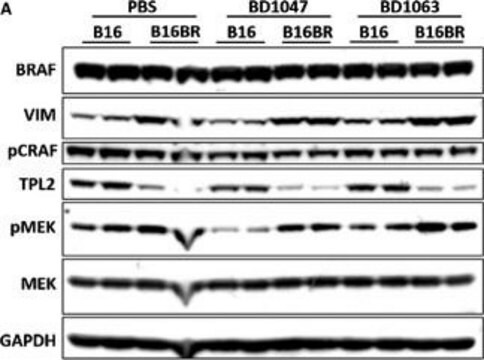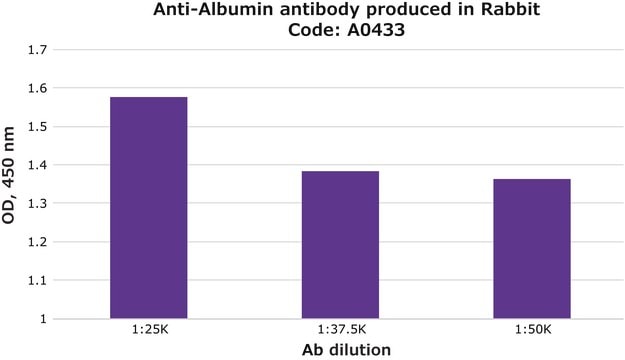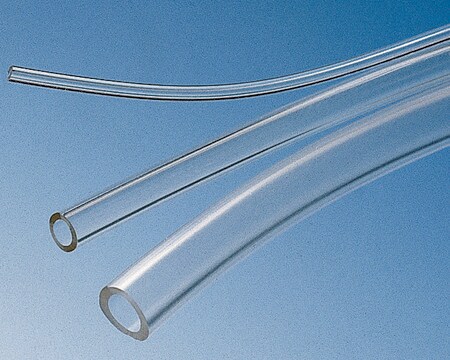ABN1649M
Anti-TMC1
serum, from rabbit
Synonym(s):
Transmembrane channel-like protein 1, Beethoven protein, Deafness protein, Transmembrane cochlear-expressed protein 1
About This Item
IF
WB
immunofluorescence: suitable
western blot: suitable
Recommended Products
biological source
rabbit
Quality Level
antibody form
serum
antibody product type
primary antibodies
clone
polyclonal
species reactivity
mouse, monkey
packaging
antibody small pack of 25 μL
technique(s)
immunocytochemistry: suitable
immunofluorescence: suitable
western blot: suitable
isotype
IgG
NCBI accession no.
UniProt accession no.
target post-translational modification
unmodified
Gene Information
mouse ... Tmc1(13409)
General description
Specificity
Immunogen
Application
Immunofluorescence Analysis: A representative lot detected TMC1 in P9 mouse outer hair cells (OHCs) (Kurima, K., et. al. (2015). Cell Rep. 12(10):1606-17).
Western Blotting Analysis: A representative lot detected TMC1 in COS-7 cells (Labay, V., et. al. (2010). Biochemistry. 49(39):8592-8).
Western Blotting Analysis: A 1:1,000 dilution from a representative lot detected TMC1 in HEK293 cells transiently transfected with Fugene and TMCx-cherry cDNAs (Courtesy of Dr. Angela Ballesteros).
Immunofluorescence Analysis: A representative lot detected TMC1 in COS-7 transfected cells expressing TMC1-GFP (Courtesy of Dr. Angela Ballesteros).
Neuroscience
Quality
Western Blotting Analysis: A 1:500 dilution of this antibody detected TMC1 in 10 µg of mouse retinal tissue lysate.
Target description
Physical form
Storage and Stability
Other Notes
Disclaimer
Not finding the right product?
Try our Product Selector Tool.
Storage Class Code
12 - Non Combustible Liquids
WGK
WGK 1
Flash Point(F)
Not applicable
Flash Point(C)
Not applicable
Certificates of Analysis (COA)
Search for Certificates of Analysis (COA) by entering the products Lot/Batch Number. Lot and Batch Numbers can be found on a product’s label following the words ‘Lot’ or ‘Batch’.
Already Own This Product?
Find documentation for the products that you have recently purchased in the Document Library.
Our team of scientists has experience in all areas of research including Life Science, Material Science, Chemical Synthesis, Chromatography, Analytical and many others.
Contact Technical Service







